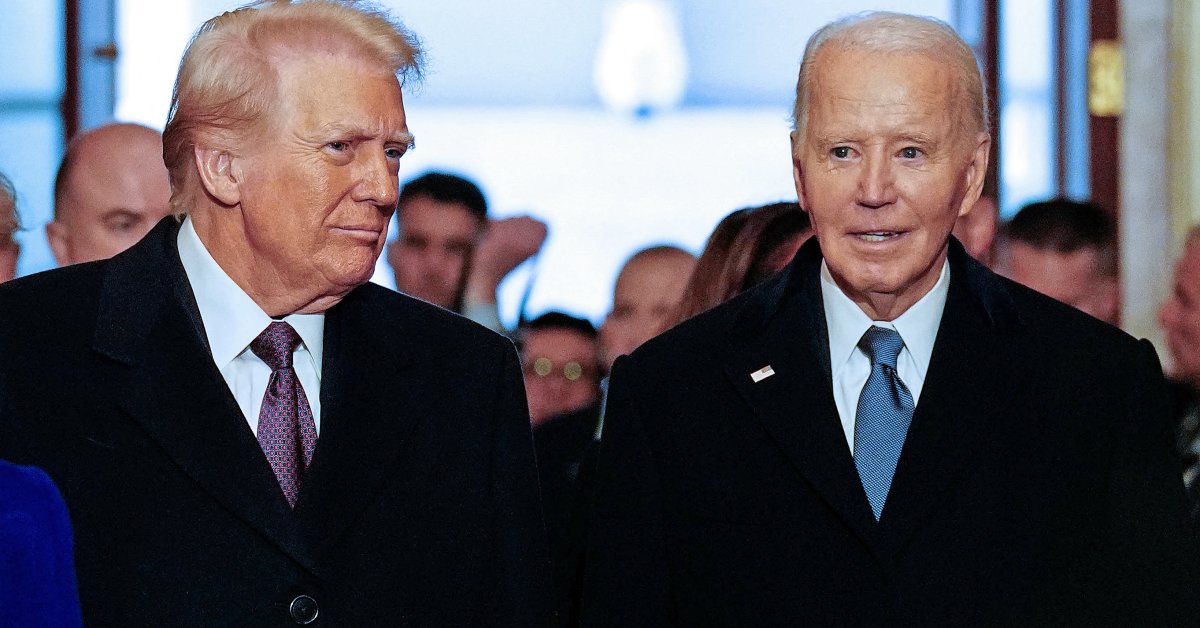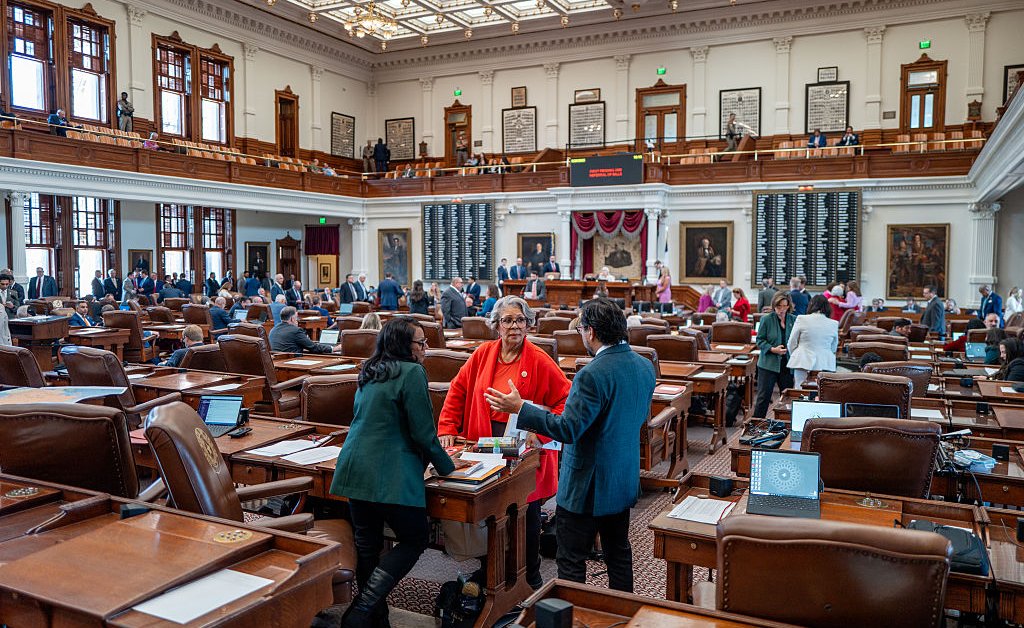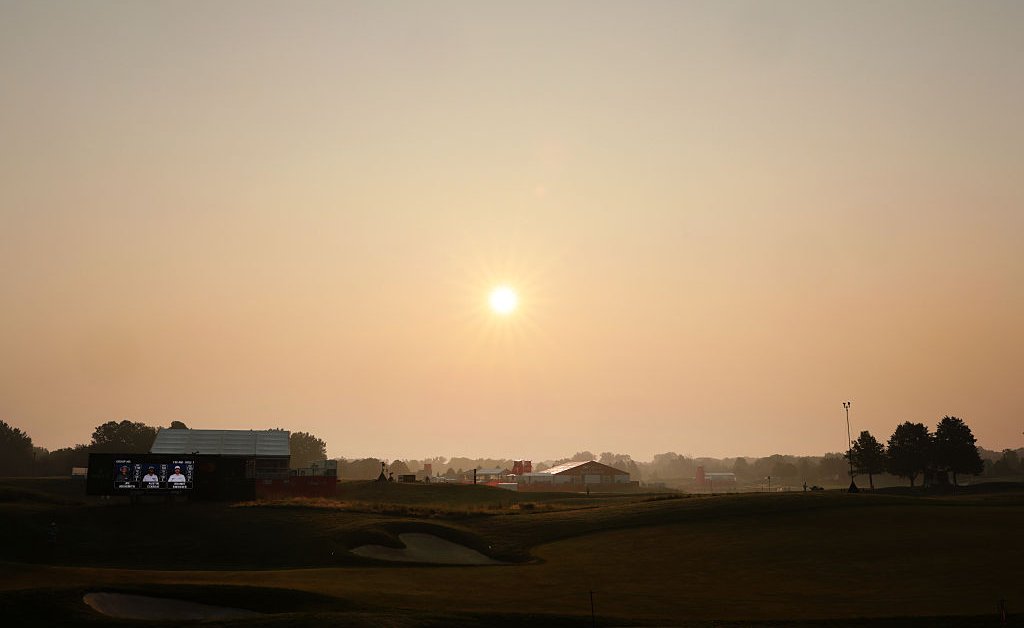Downton Abbey: The Grand Finale, in theaters Sept. 12, brings a beloved franchise to an end. Since 2010, fans have followed the family of the Earl of Grantham, Robert Crawley (Hugh Bonneville), and their servants through six television seasons and three films.
In the movie, Downton is entering a new era, as Robert passes on management of the country estate to two strong young women: his daughter Mary (Michelle Dockery) will run day-to-day business, and longtime employee Daisy Parker (Sophie McShera) will run the kitchen. Robert and his wife Cora (Elizabeth McGovern) retire to the smaller Dower house, where Robert’s mother Violet (Maggie Smith), the matriarch of the Crawley family, lived. (Smith died in 2024, and text dedicating the movie to her flashes across the screen at the end of the film.)
Mary has her work cut out for her. She’s in the middle of a divorce, which has made her a pariah in her family’s social circle, and country estates like Downton have become expensive to maintain. The Crawleys won’t need to start cooking for themselves anytime soon, but they lose their safety net when they discover that Cora’s brother Harold Levinson (Paul Giamatti) has entrusted Cora’s mother’s fortune to a sleazy financial advisor who has lost almost all of the money—and that’s on top of the Wall Street stock market crash of 1929. Despite these challenges, the Crawleys still get to play host to celebrity playwright Noël Coward (Arty Froushan), whose visit is a much-needed pick-me-up when spirits are down at Downton.
The film takes place in 1930, and TIME has put together a primer on what to know about that period in England, in terms of the film’s major historical themes like attitudes towards divorce, the state of country estates like Downton, and Coward’s claims to fame.
How common was divorce in 1930?

Mary’s divorce from Henry Talbot is the talk of the town and in every newspaper. The movie doesn’t make clear whether Mary is divorcing her husband, or whether her husband is divorcing her, but she becomes persona non grata nonetheless. It’s so scandalous that she is pulled aside at a ball in London and asked to leave because a princess is in attendance, and a princess cannot be in the same room as a divorced woman. Mary makes her exit while the paparazzi are snapping photographs, vowing sarcastically to “take a taxi if I can find one that will carry a divorced woman.”
Divorce was on the rise in the 1920s and 1930s and spiked after wars, like the Civil War, World War I, and later, World War II, when spouses cheated on one another while husbands were deployed.
Divorce law is fairly new and has only been legal in England since 1857. Before then, couples needed an act of Parliament to get divorced, so it was rare. A husband could divorce his wife if she committed adultery, but a wife could only divorce her husband if he committed adultery and cruelty, bigamy, or incest. By 1923, a wife could divorce her husband if he simply committed adultery, but that didn’t mean she was in the clear.
“Even when a husband committed adultery, quite often, the woman was held to be partially responsible for it,” Roderick Phillips, professor of History and an expert on the history of divorce at Carleton University. “In other words, she must have done something or not done something for him to go out and find someone else. She was either refusing to have sex with him, or she wasn’t very good at sex, or there was something that was driving him out.”
Gus Sambrook (Alessandro Nivola), a friend of Harold’s and the financial advisor who lost Cora’s mother’s fortune, urges Mary to come back with him to America because “we don’t care about divorce over there.” But that’s only the case in some American states, Phillips says. It’s true that America does have a longer history of divorce, with some divorce laws dating back to the 1600s, but it was easier to get a divorce in the midwest and the West than in New York and the South.
Who is Noël Coward?

The movie starts with the Crawleys seeing Noël Coward’s Bitter Sweet in London. Their daughter Edith (Laura Carmichael) gushes, “We’re living in the age of Noël Coward.”
Coward was a real person, and Edith is correct. At age 30, Coward was at a high point in his career and “more famous than the British Prime Minister,” according to Oliver Soden, author of Masquerade: The Lives of Noël Coward. “He’s one of the first mega-celebrity playwrights.” He was known for plays that were daringly open about bisexuality and homosexuality, at a time when the sexual openness of the Jazz Age ‘20s is about to close up in the ‘30s amid the Great Depression.
Socialites who declined invites to dine with the Crawleys because of Mary’s scandalous divorce are all of a sudden free when they hear that Coward will be coming to Downton. The real playwright was known for his quick wit, as seen by his line in the movie about how a perfect martini is made by
“waving a glass of gin in the general direction of Italy.” In 1969, TIME wrote that his “greatest gift” was “projecting a sense of personal style, a combination of cheek and chic, pose and poise.”
In the movie, Coward performs “Poor Little Rich Girl,” and is a big hit with the servants downstairs. That’s no surprise, argues Soden, as he would relate more to those people than the crowd upstairs because he grew up in poverty. There’s even a line in the movie about him preferring sausage and mashed potatoes over fancy food that the aristocrats who dine “upstairs” eat.
In the film, Coward gets the idea to write a play about divorce, Private Lives, from Mary’s saga. In reality, Coward did not get the inspiration for Private Lives from a woman like Mary, but the play is about a divorce. A divorced couple accidentally bumps into each other when they’re both on honeymoon with their new partners and end up falling back in love.
Soden argues Fleabag’s Phoebe Waller-Bridge is “the Noël Coward of our time” because of the way she writes about privileged young women struggling to find their purpose.
Why are country estates like Downton in trouble?

It’s a long time coming. Robert finally hands over control of Downton to his daughter Mary and starts the process of downsizing. There’s a comical moment when Robert is considering moving from a house in London to an apartment, but he can’t get his head around the concept of apartment buildings, which he calls a “layer cake of strangers.”
To give control of such a massive country estate to a divorced woman would be unusual at the time, but it’s part of Downton moving into the modern era. As Mary puts it in the film, “Families like ours must keep moving to survive. The hereditary system can’t afford to be sentimental.”
So why is it hard to maintain country estates like Downton in 1930? In one word, taxes. When the Great Depression hits, these estates become the targets of an ideological clash. As Adrian Tinniswood, author of The Long Weekend: Life in the English Country House Between the Wars, puts it, “You’ve got people saying, ‘how is it that somebody can live in Downton Abbey with 30 servants when there’s people starving on the streets?’”
A lot of heirs were killed in World War I, and many houses are sold and new ones are built in their place by a nouveau riche class. Some of the buildings are repurposed as prep schools or boarding schools and are even opening their doors to visitors.
“One of the powerful draws for the country house is the fact it’s being lost,” says Tinniswood. “That romanticization of the country house is because there’s a consciousness that it represents a way of life that’s passing away, so you start to see the beginnings of a tourist industry. Even in the ’20s and ’30s, you’re seeing country houses opening to the public.”
Case in point: Highclere Castle, where Downton Abbey was filmed, is open to visitors. Fans will have to head across the pond if they want to relive the magic of the franchise.








